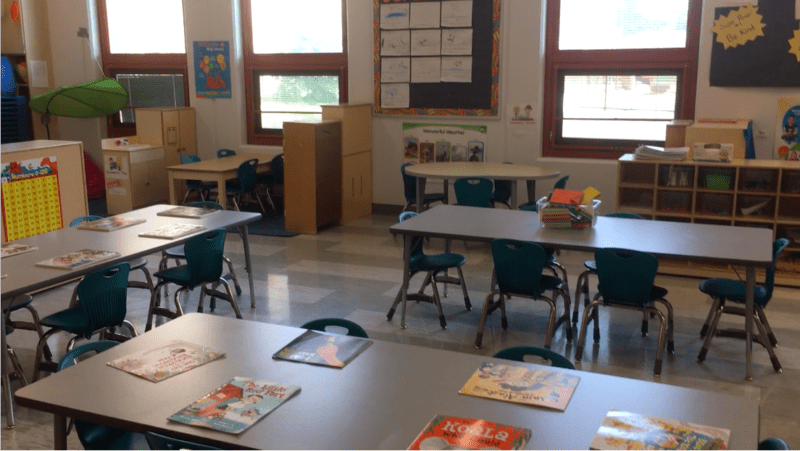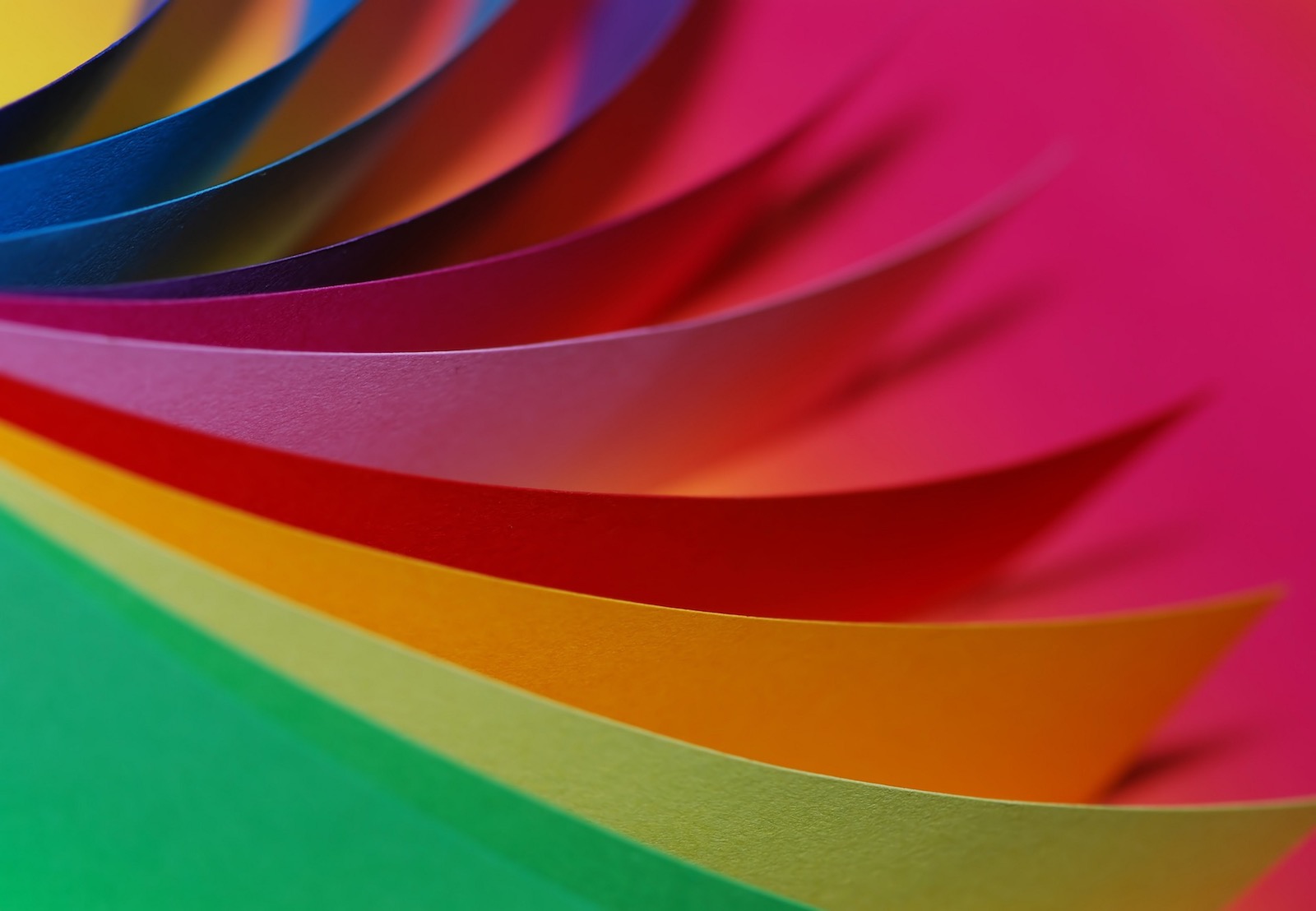Madisi Washable Markers, Super Tips Markers, Assorted Colors, Classroom Bulk Pack, 288 Count
- 288 Washable Super Tips Markers In 12 Assorted Colors 24 Markers In Each Color Classroom Bulk Pack.
- Including Black Red Orange Pink Yellow Green Light Green Blue Sky Blue Violet Purple And Brown.
- Fine Line Markers With A Versatile Tip Allows You To Draw Fine Lines With The Point And Broad Strokes With The Side.
- Excellent For Coloring Drawing And Writing Perfect For Teachers As Classroom Supplies.
- Nontoxic Water Based Bleed Resistant For Children Up 3 Yrs.
Looking for a fun and colorful way to add excitement to your classroom? Look no further than Madisi’s washable markers! These markers come in a variety of colors and are perfect for coloring, drawing and writing. Plus, they’re nontoxic and water based, so they’re safe for children up to 3 years old. Plus, they’re bleed resistant, so you can be sure your students will have plenty of fun while they’re learning. Don’t wait – order your bulk pack of 288 Madisi washable markers today!
50 Pack Translucent & Solid 6-Sided Game Dice 5 Sets Of Vintage Colors 14Mm Dice For Board Games & Teaching Math Dice Set Classroom Accessories Dice Set Rpg Dice …
- Quantity:50 Dice Traditional Six-Sided D6 Dice Arranged Into Sets Of 10 Dice In 5 Classic Vintage Hues。
- Material Environmentally Friendly Sturdy No Fading No Wear No Scratches No Odor No Spots。
- Size 14Mm Dice And Classic Pipped Faces. Perfect For Replacing Board Game Dice Or Playing Your Own Games.
- Colors Each Of The 5 Colors Are A Set Of 10 Dice Classic Muted Vintage Tones In Solid And Translucent Treatments!
- Activities: Dice Also Make Excellent Teachers Aids Supplementing Math Lessons And Encouraging Simple Arithmetic Great For Board Games Dice Games Or Teaching Math! Activities: Dice Also Make Excellent Teachers Aids Supplementing Math Lessons And Encouraging Simple Arithmetic Great For Board Games Dice Games Or Teaching Math!
50 Pack Translucent & Solid 6-Sided Game Dice 5 Sets of Vintage Colors 14Mm Dice for Board Games & Teaching Math Dice Set Classroom Accessories Dice Set RPG Dice …
Best Colors For Classroom

Colors That Boost Active Learning
Active learning refers to students who are fully engaged in their learning and actively participating. Active learning for teachers is our goal. We know that students learn the most when they pay attention to what we teach and are engaged with it. You can use the colors that you select for your classroom to help students engage in active learning.
Make sure you aren’t too stimulating your students while you design your room. They can become distracted and lose focus if there’s too much happening around them.
You should choose colors that are engaging and encourage students to take part in the classroom. Consider choosing bright colors since they can help improve a student’s memory and stimulate their brain Here is a little more information about different color options that you may want to use and how you could go about incorporating them in your space:
Yellow: This is the best color for students with attention problems. It can help to keep your students focused during lessons and help grab their attention. Yellow paper can be used to make important pages, or share information with your students. By adding yellow accents (such as chairs cushions, baskets or folders) to your classroom, you can bring out the yellow color in its overall design.
Green: Green can help calm students down and can also help them concentrate on important tasks for longer periods of time. Green colors are relaxing and do not cause eye strain. You should also consider how the color green could impact students. To help students concentrate at their desks, look for green places near the seating. To create calmer spaces for students, you can add green accents to your classroom.
Orange: The addition of Orange to the diet can increase oxygen intake for our students. Orange can have positive effects on circulation and nervous system. Because of this, when you add orange to your classroom space, it can help improve the mood of your students.
If they are upset by something at recess, for example, adding more orange color to the area may be able to help them get on with their lives more quickly.
It’s Trending Now
COVID-19 Business Classes Maintenance & Operations Furniture & Equipment Construction Facilities.
Many issues must be resolved when school construction or remodeling begins. Too often, the importance of color is overlooked, especially when it comes to classroom walls.
Bonnie Krims IACC, an architect color consultant from Bonnie Krims Color Studio Concord, Mass. says, “For budget reasons a lot schools don’t want to seek out good color information.” The decision to paint a school’s walls is often left to the teachers, administrators and maintenance staff. Many walls are left white because of this. It can also lead to depression. Krims said that there is another issue. Krims believes that once upon a time, it was believed that the more colorful a school would be, the better the children would feel. But recent research has proven that this isn’t the case. Overstimulation can be caused by too many colors or bright colours. She says, “The goal of the balance is to achieve it.”
The International Association of Color Consultants – North America, (IACC-NA) states that a school’s environment can have a significant psycho-physiological effect on students. IACC states that “appropriate color design is vital in protecting eyesight, creating environments that promote studying and promoting mental health, and in helping to prevent irritability.”
Jill Pilaroscia, IACC, principal of Colour Studio, Inc., San Francisco, states that it’s important to choose the right color. According to Pilaroscia, “There is no right or wrong way to use color.” Selection can also be affected by the geographical location of the school and the quality and character that life there is.

Colours in Elementary, Middle, and Junior High Schools
Pilaroscia suggests that younger children will be more active than older ones, so you should use brighter colors as well as warmer hues such warm yellows, warm yellows, and so forth. She says that teachers can hang too many items on their walls, creating chaos in classrooms. It is important to try to have an orderly and organized room, to reduce the amount of nervousness and anxiety in the students.
Amy Wax, IACC, who is also the owner of Your Color Source Studios, Inc., Montclair, N.J., said so. According to Wax, “In many classrooms, there are many things that compete with wall colors such posters, artwork, and so on.” “These can lead to overstimulation, which is one reason you don’t want the wall color itself to be too stimulating.” With younger children, according to Wax, the goal is to achieve balance with colors, which means some, but not too much, stimulation. Her recommendation is to use warm colors, as they will encourage students into the classroom and create a feeling of warmth. This makes them more comfortable being in it. She says that primary colors are preferred by younger children, who prefer yellow, red, and blue. Wax warns that too strong and bright colors can stimulate children, making them anxious, hyperstimulated or energetic. Consider a creamy yellow as an alternative to bright yellow. The warm color draws on the primary color but doesn’t overstimulate. But, she cautions, “But, if it’s too basic, such as a yellow, it might be overstimulating.”
One of the benefits of color is that it can help you focus. “You want to draw students’ attention to the front of the room, so maybe the wall where the teacher is located could be a brighter color, such as a yellow or a red,” she says.
<< previous next >> This article originally appeared in the School Planning & Management December 2013 issue of Spaces4Learning.
Whitepapers, Case Studies & eBooks Research & Reports webinars VRF Heating & Cooling Technology: Making the Grade for K-12 Schools. New Campus Reality: Meeting Emerging Delivery Demands With Contactless Technology. Disinfecting high-contact surfaces in classrooms to decrease student health risk Podcasts. Creating worry-free learning environments in education. Three Ways to Make College More Dynamic. Arizona State Envisions Space. Mitsubishi Electric Trane Heating and Air Conditioning Technology: Making The Grade for K12 Update
You can type in the above numbers/letters.
The Difference Between Green And Hazel Eyes
Answer: No matter the design of your environment, color can add value. Some colors encourage thinking, while other may hinder concentration. If you want to bring out the best in your surroundings, a neutral colour background can work well.
Question: Why are these colors so inspiring for students?
Answer: Students have individual color preferences. The learning center or classroom merely sets the environment with a neutral background for creative thinking and learning.
Question: What colors keep a child happiest?
Answer: While each child may associate with their chosen color, it’s best for them to use a neutral colour with additional enhancements.
Question: Can purple be considered a positive colour for Special Education students?
Answer: When working with ESE students, I find that the most effective combination of neutral colors and lighter pastel accents works best.

A Classroom with Color
Add to Your Account
Classroom decor can range from the crayon-bright interiors of preschools to the gray terrazzo floors and white-washed block walls still seen in many old high schools. What does it matter if color is important when learning?
Current consensus suggests that students’ perceptions of the world, their senses and how they smell have a major impact on learning. Learning via the senses is the core of brain-based education.
Randy Fielding of Fielding Nair International is the chair of Fielding Nair International. The Minneapolis-based planning and design company specializes in educational environments. Fielding founded DesignShare.com to help designers create learning environments. His research has shown that color-filled spaces are conducive for students’ learning.
A well-planned color palette will offer many colors. He suggests combining calmer blues with brighter reds, yellows and oranges. “Utilizing lighter tones in combination with deeper accent colors creates a dynamic sense of place.” Functional color is a way to enhance learning and reduce eye strain. High contrasts can be stimulating for most students. However, lighter colors may promote focus. According to one study, monotonous color schemes can increase student absenteeism.
Fielding believes that the key to creating learning environments is using a diverse range of colors, and an array of intensity. Some hues are also used in cultural-building areas as way-finders and culture-builders.
“In a cold climate, warm, earthy tones invite students and teachers to nestle into a cozy cafe area, for engaging in both reflective and collaborative learning,” he says. A cafe, or area with more neutral tones can encourage students to unwind and improve their interpersonal skills in warmer climates. Fielding also debunks a few commonly held assumptions about color’s impact. “Red doesn’t hyper-stimulate,” he says; too much soothing green may dull, rather than relax, the senses. And bright primary colors, long presumed to be elementary-age favorites, can be too harsh and should be used only sparingly. Fielding says, “Children can be extraordinarily sensitive about nuances in light and color.” Fielding has no preference in which colors work the best. Fielding states that “all colors,” just like every student, are “good.” For more information about color and learning, visit:
.Best Colors For Classroom

